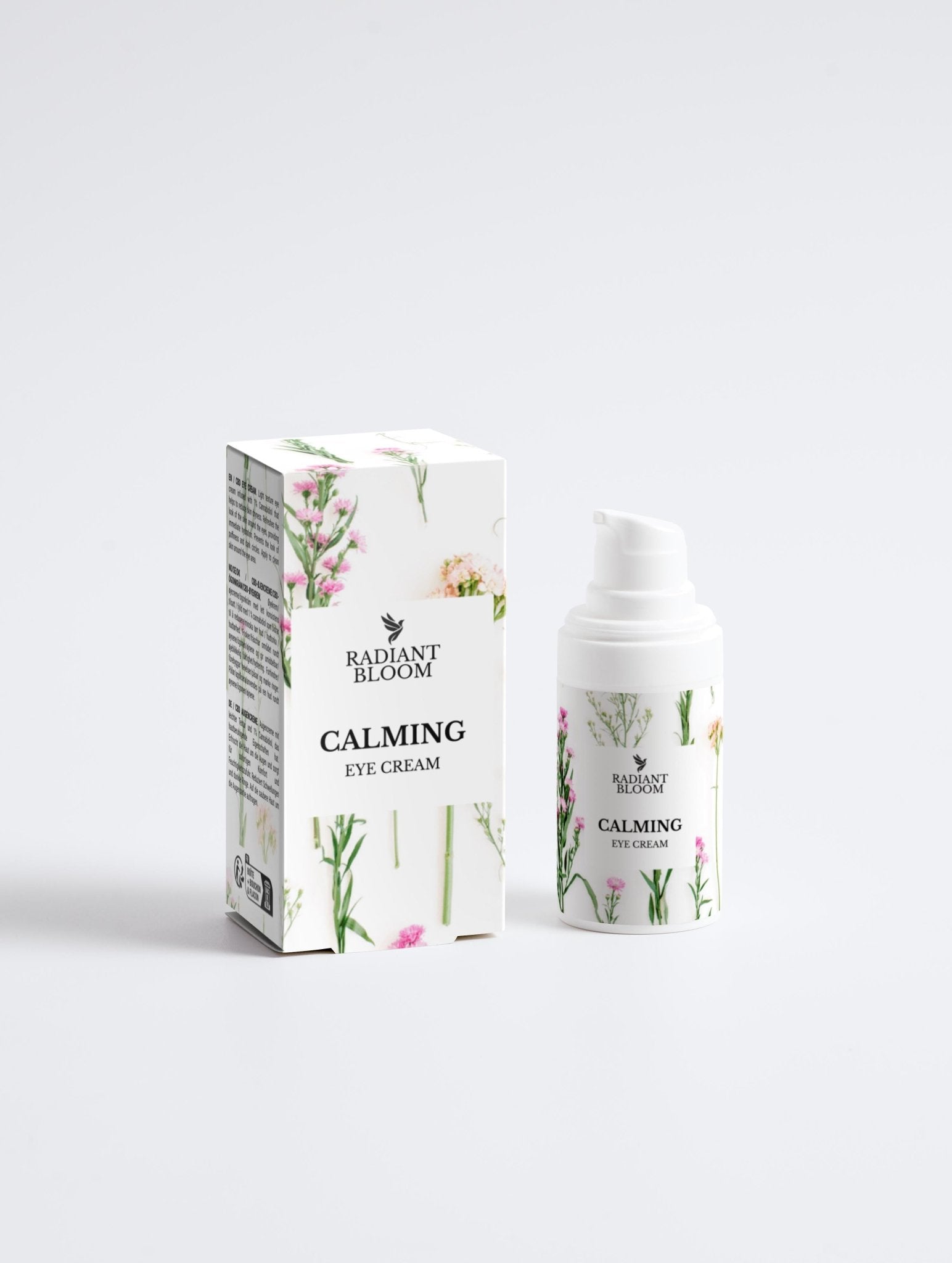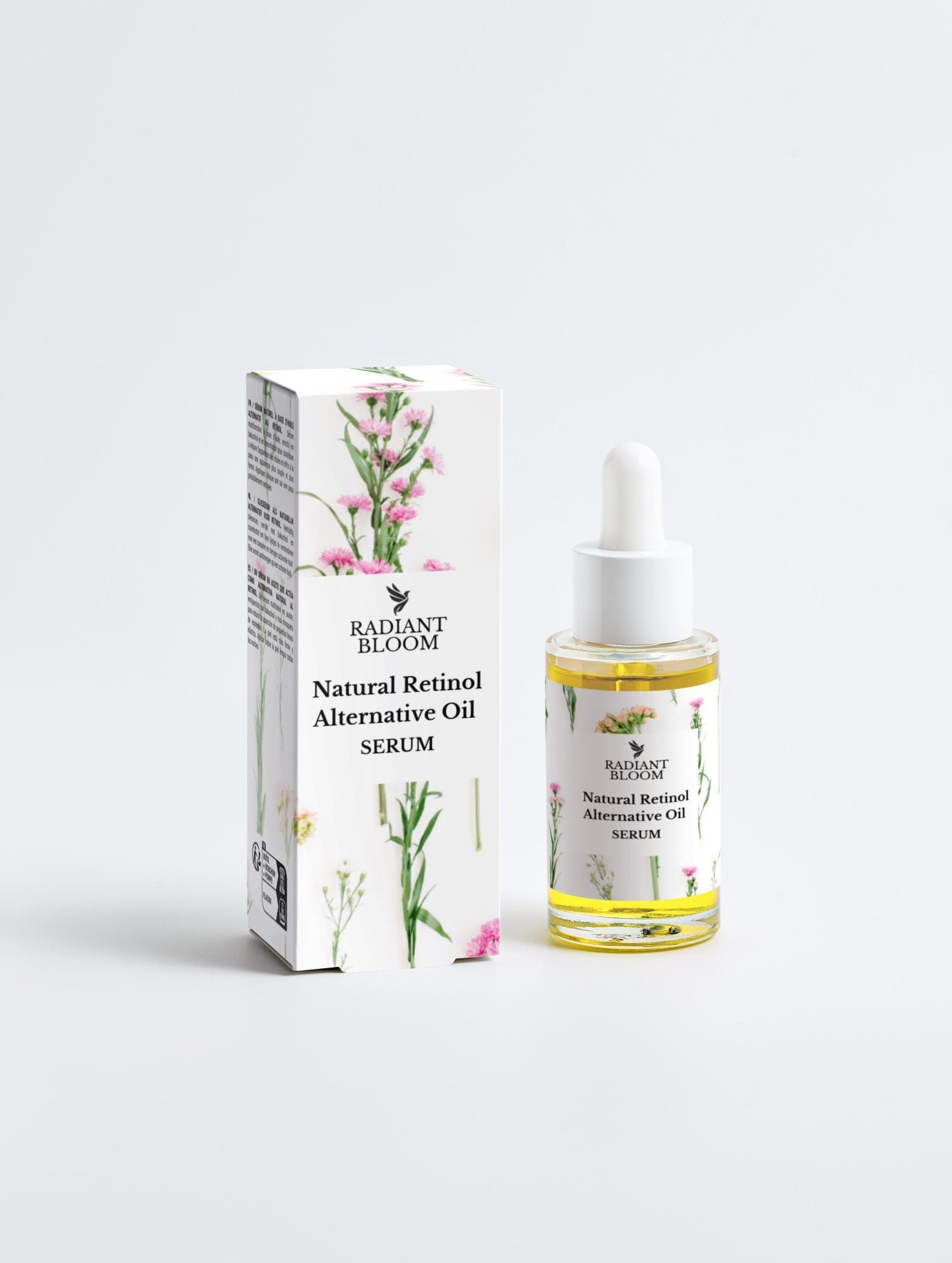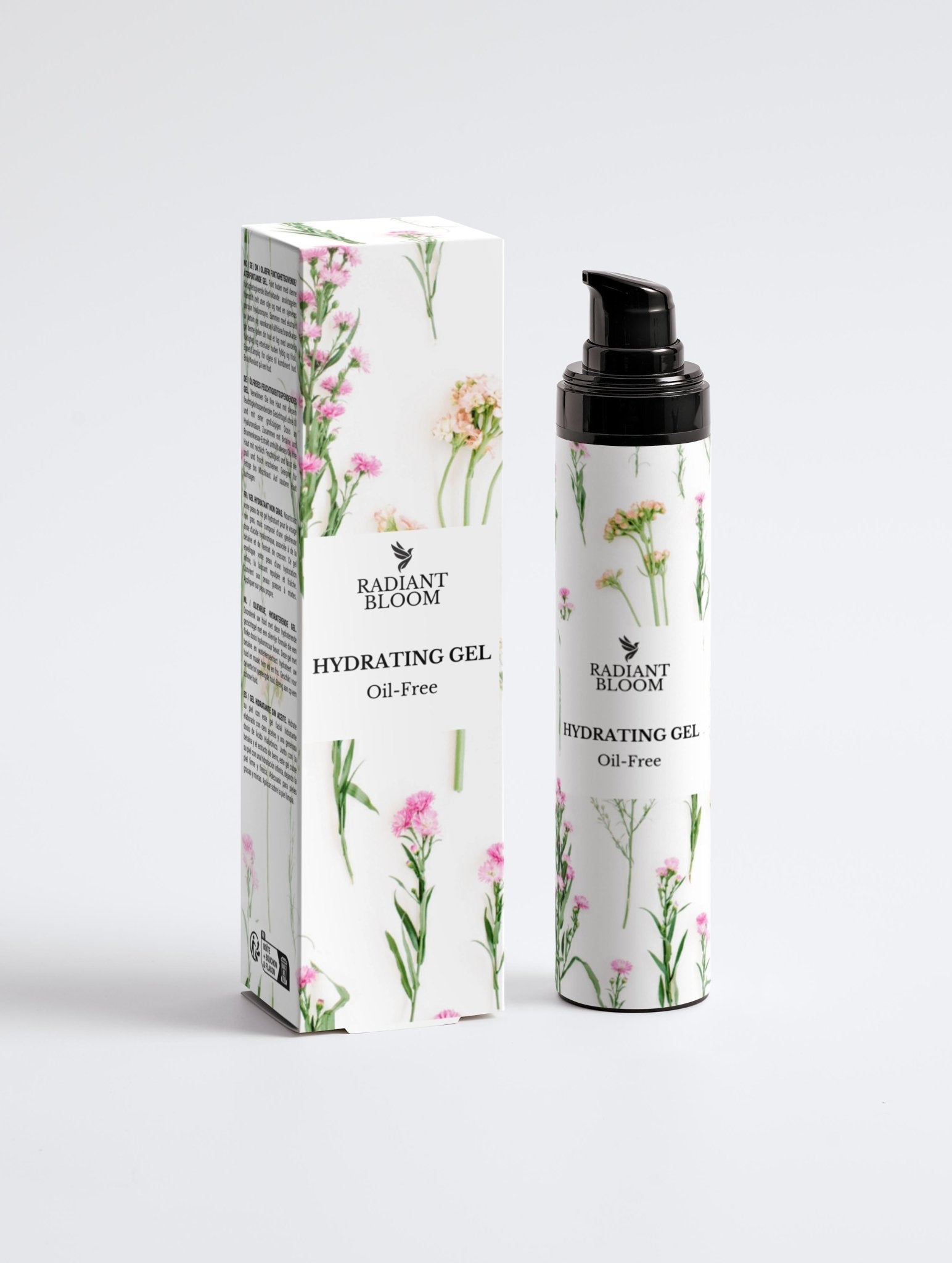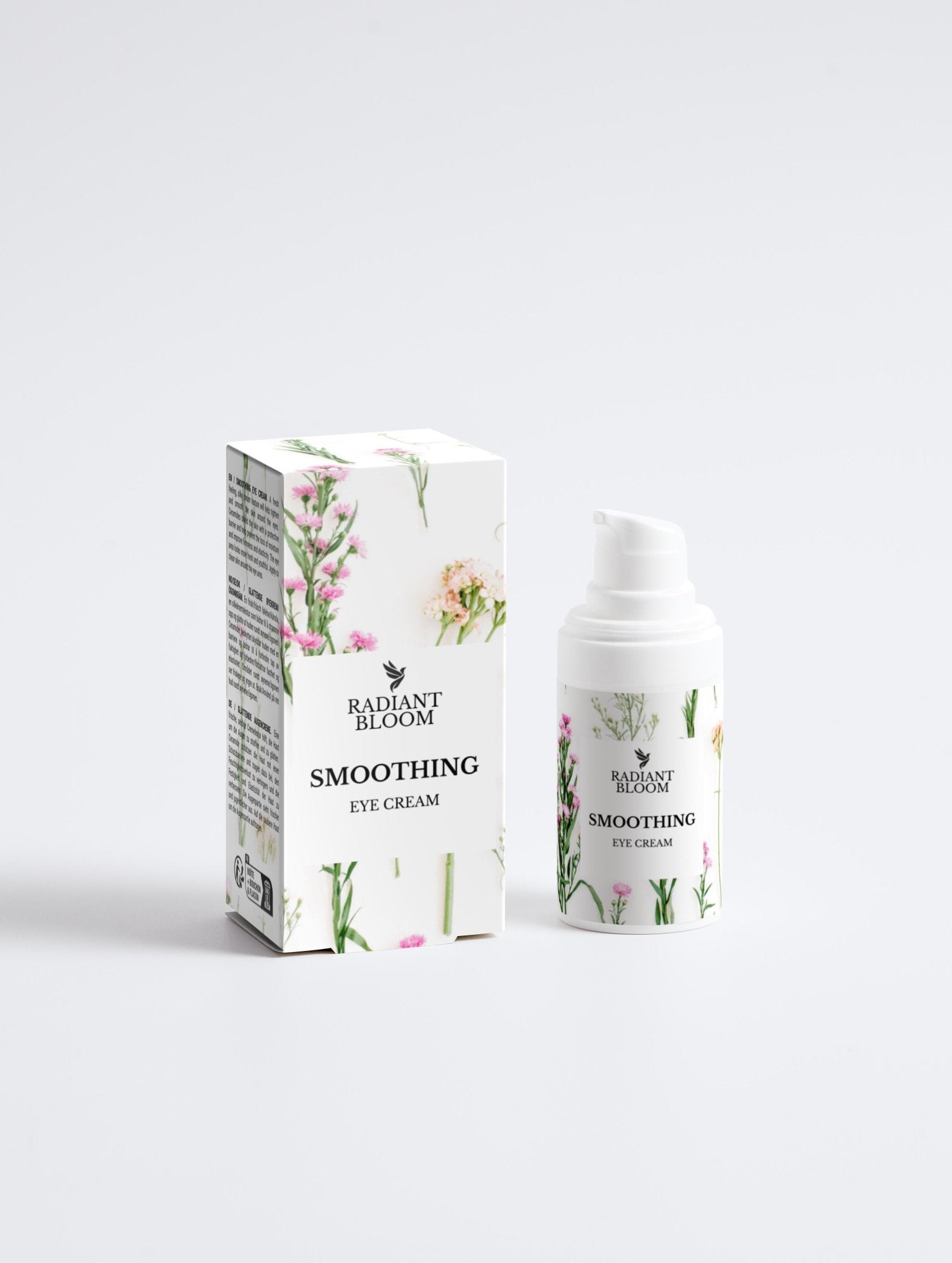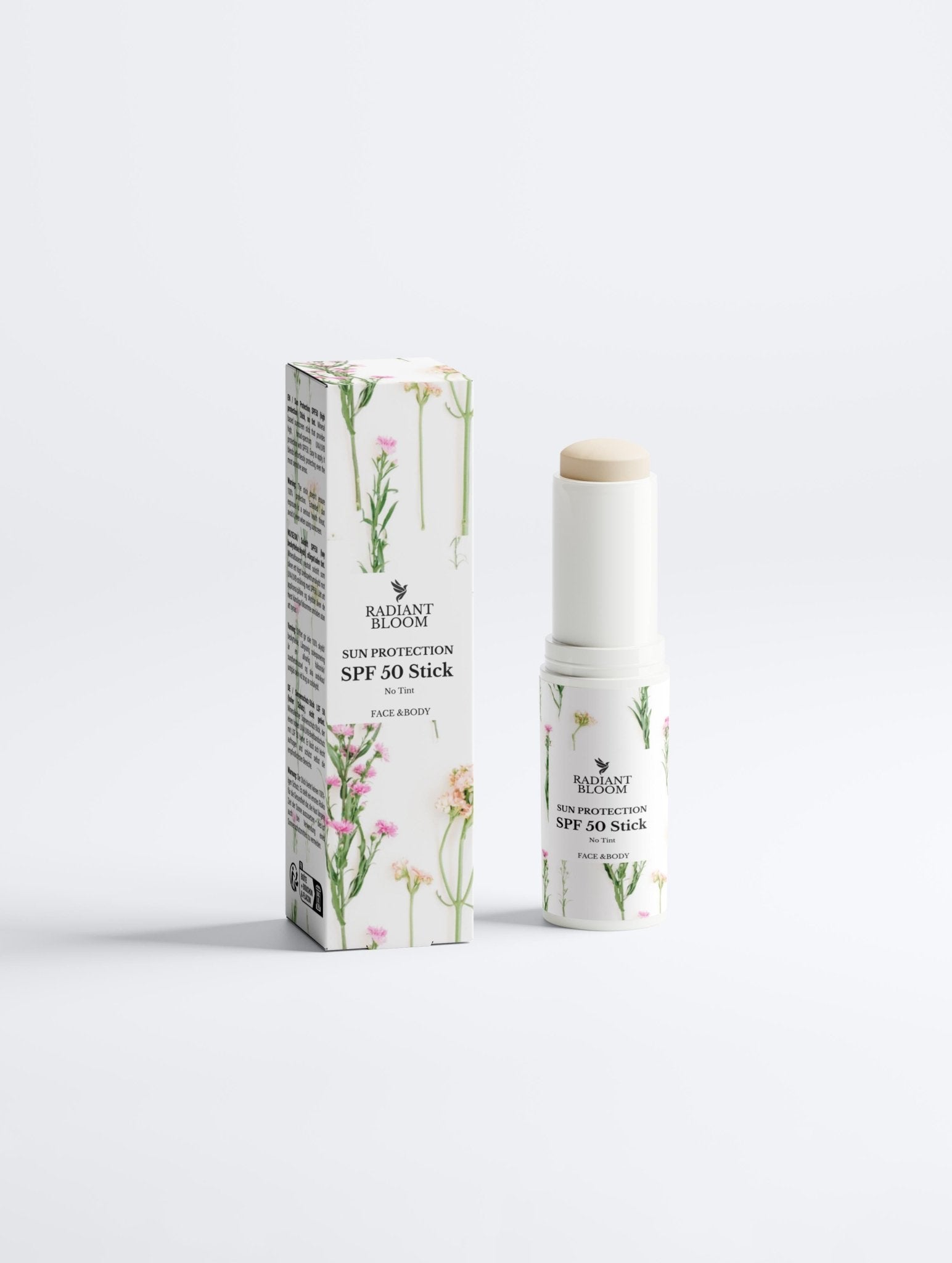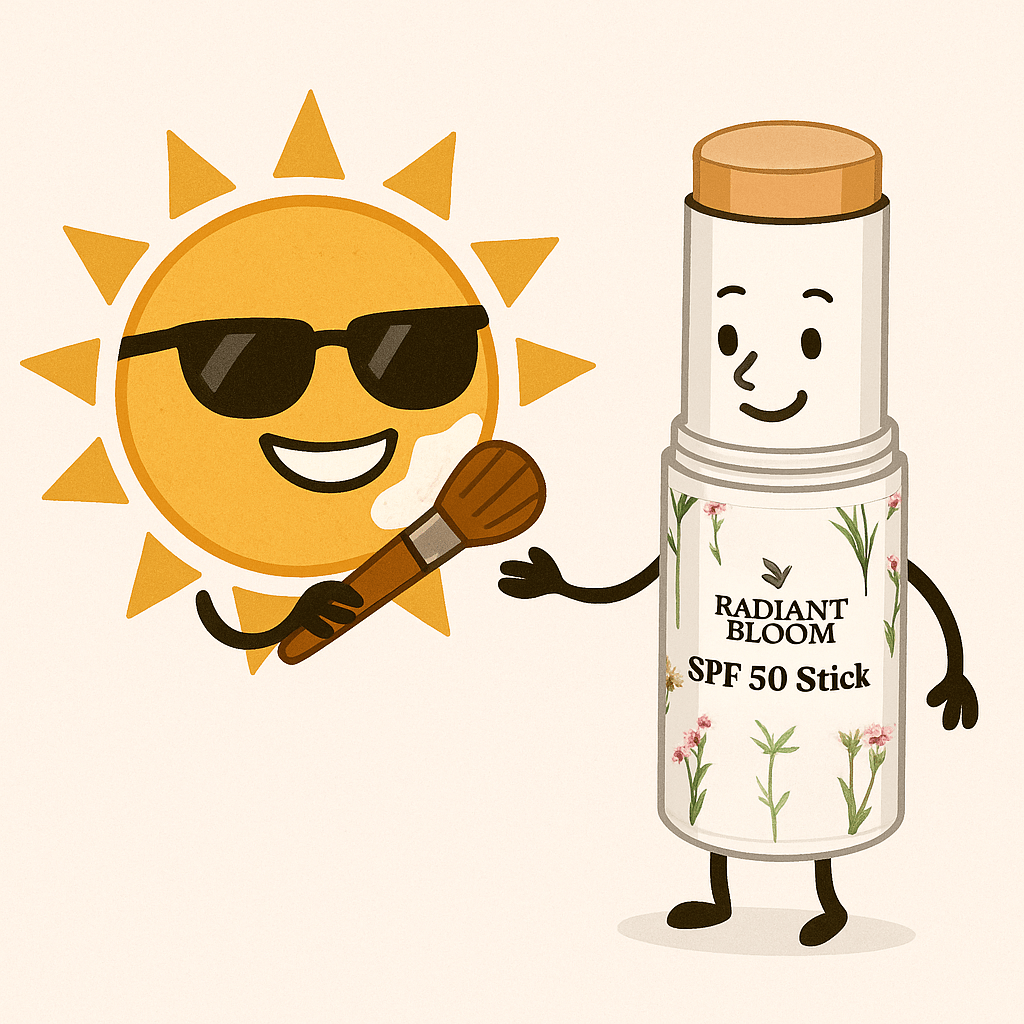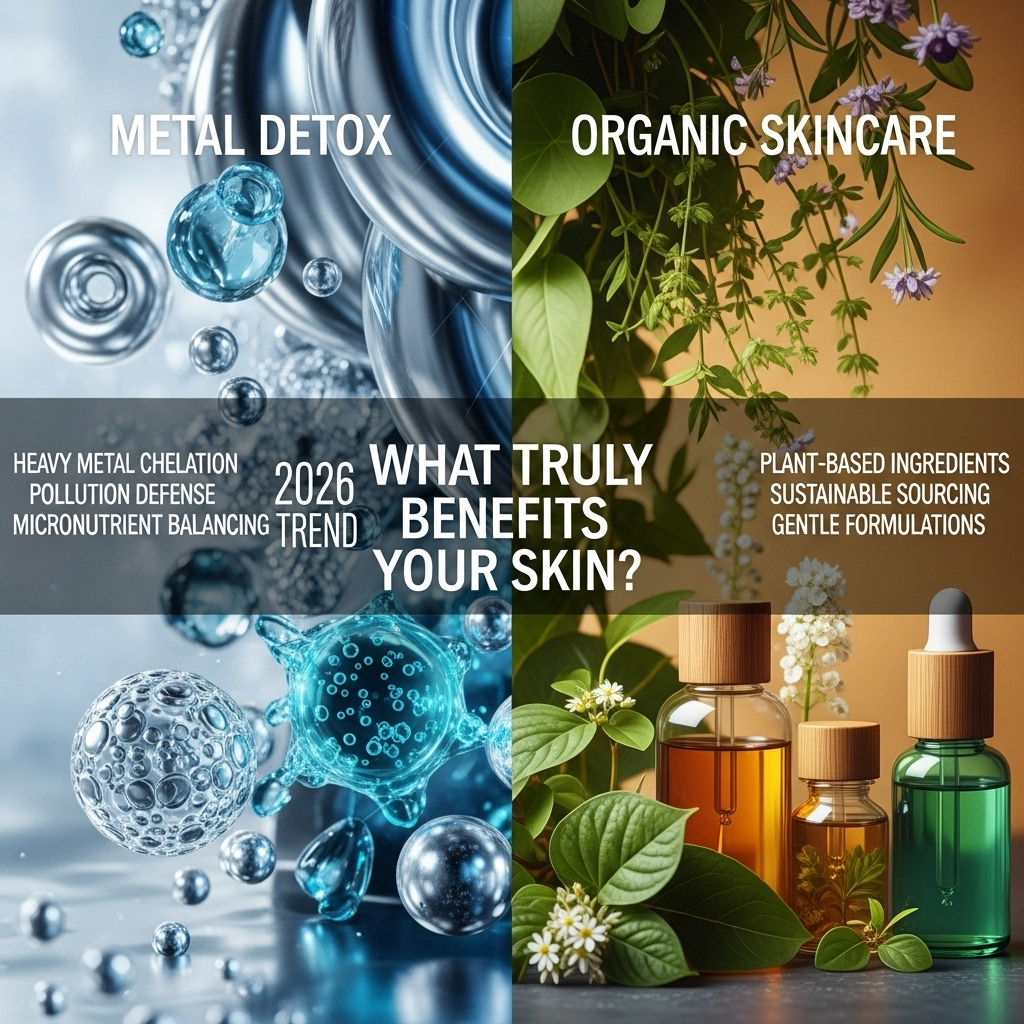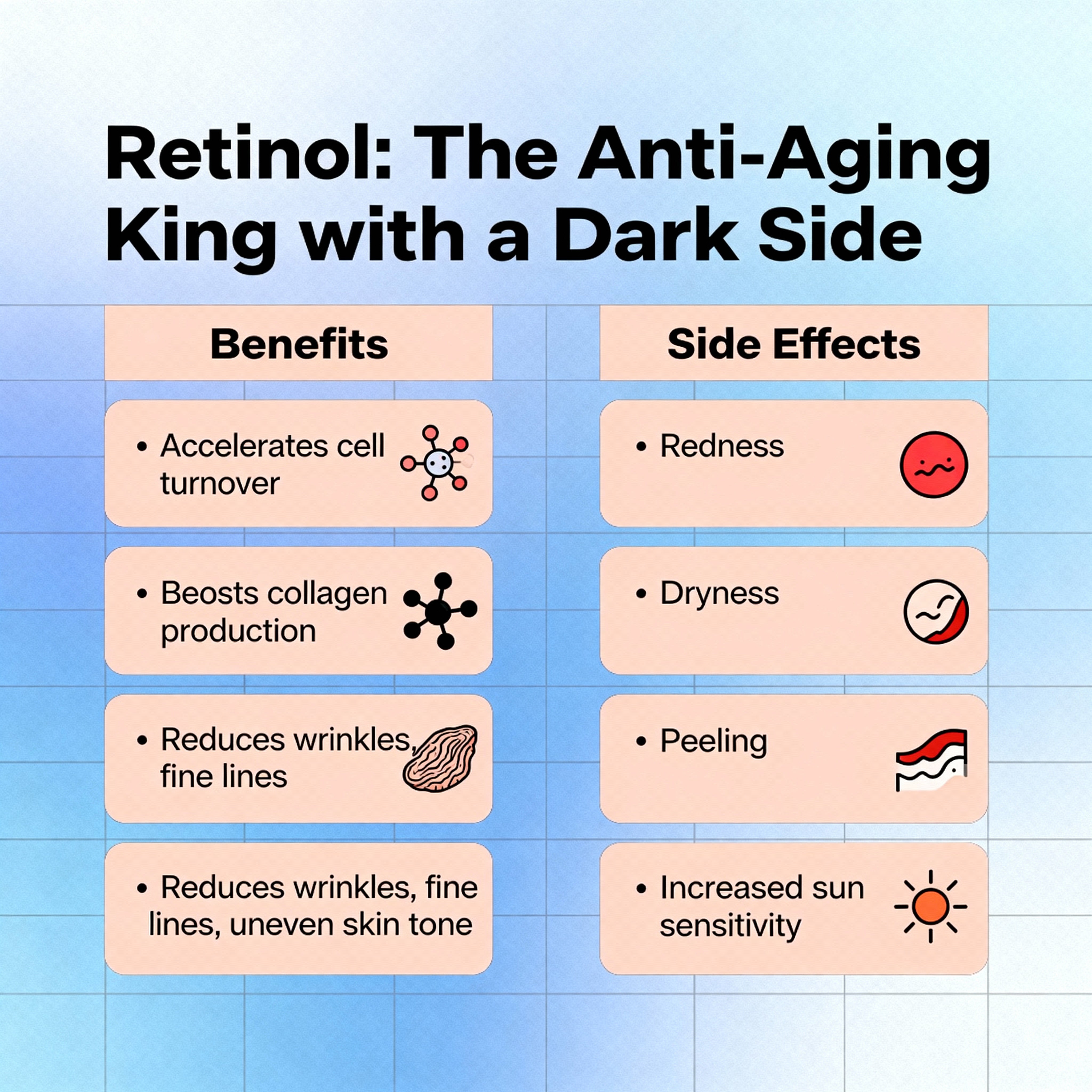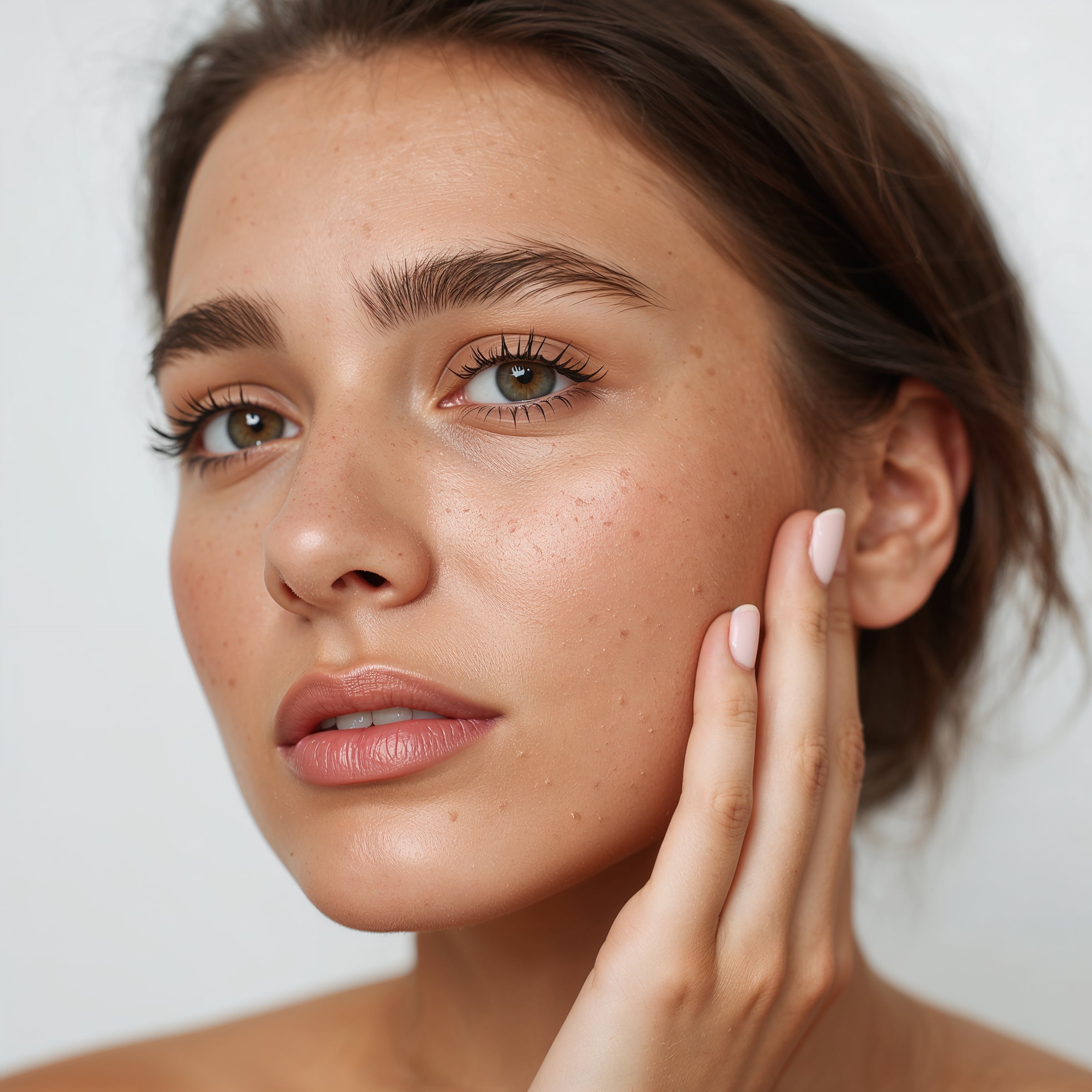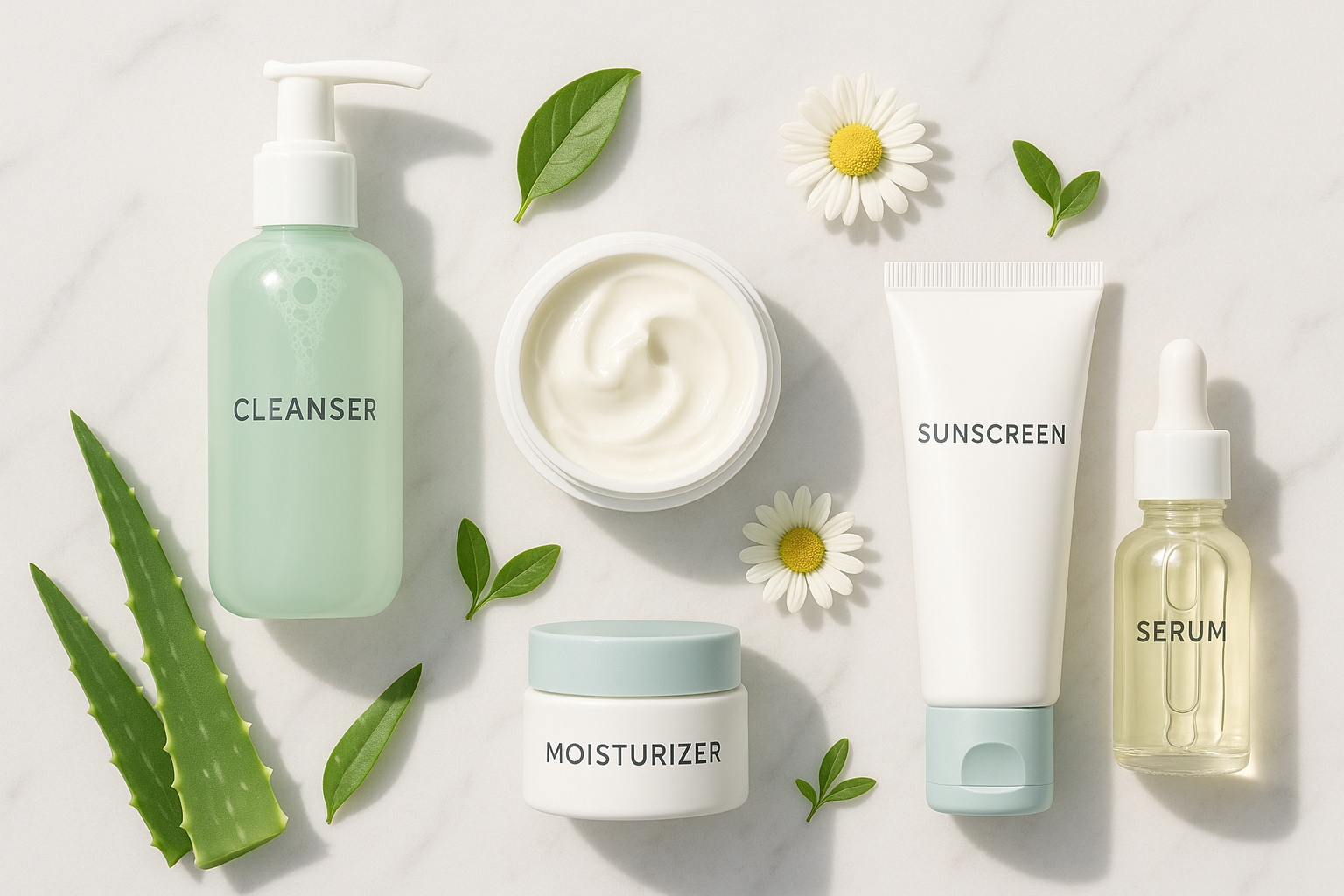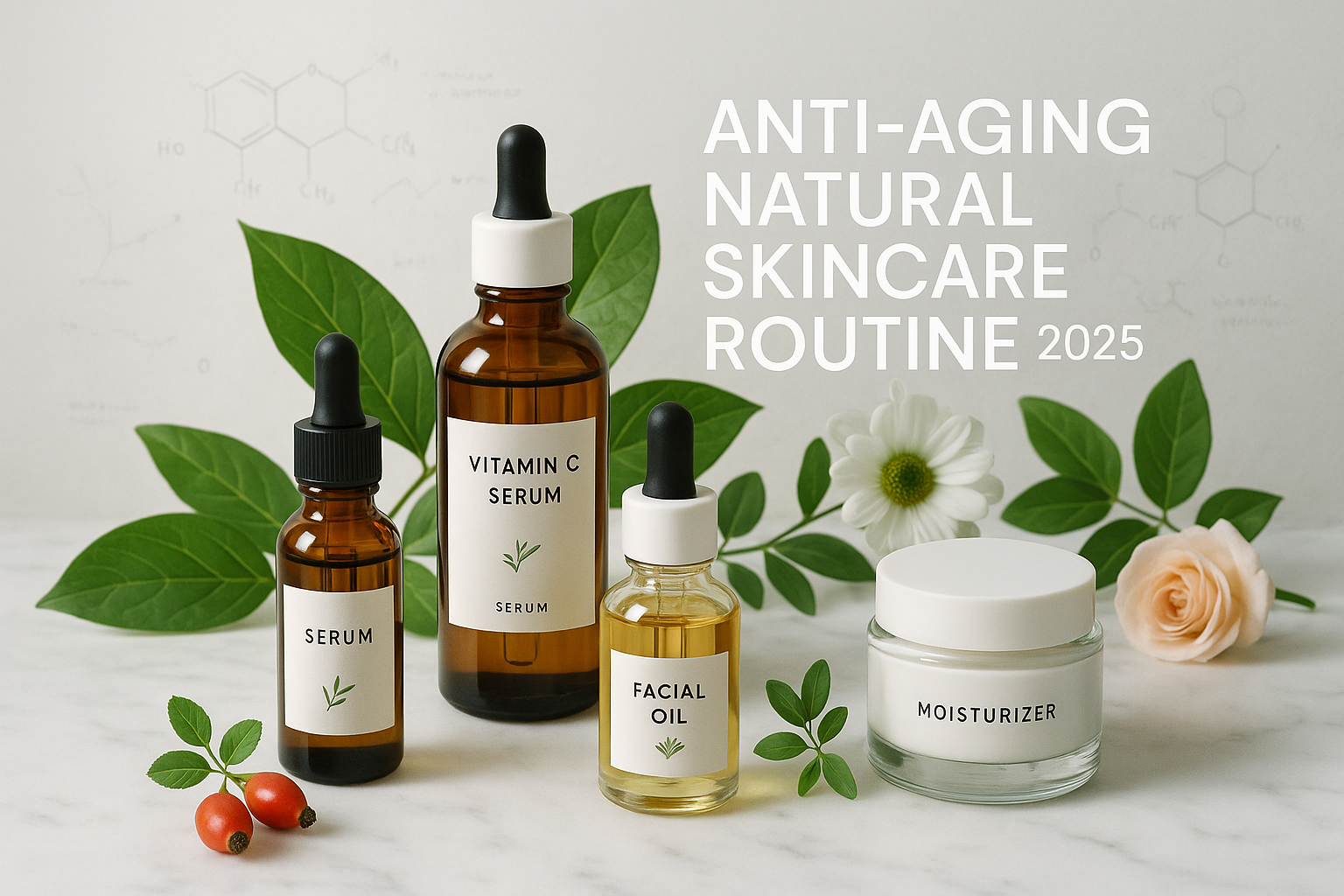Introduction
Mineral sunscreens have come a long way from the thick, ghost-like formulas of childhood beach trips. Yet outdated rumours still linger online, discouraging people who need reliable sun protection. In this guide we bust the five most common myths about zinc oxide SPF, show real-world results from Radiant Bloom formulas, and share quick application hacks so your skin stays calm and camera-ready every day.
Myth 1 - Mineral Sunscreens Leave a White Cast
Early zinc creams sat on skin like clown paint because they used large, chalky particles. Modern non-nano zinc dispersions are micro-coated to blend seamlessly on every tone.
Proof in action: Warm a pea-size amount of Mineral Sunscreen SPF 30 between fingers for three seconds, then press onto cheeks and forehead. The sheer finish disappears in under thirty seconds, even on deeper complexions.
Hack: Heat softens the emulsion; pat, don’t rub, for a smooth, invisible layer.
Myth 2 - Zinc Oxide Is Too Thick for Oily Skin
Texture depends on the carrier base, not the active filter. Radiant Bloom SPF 30 uses lightweight squalane and aloe water, so it feels like a gel-cream.
Prep wisely: Cleanse with Clarifying Gel Cleanser and apply Hydrating Serum before sunscreen. Hydrated skin allows thin SPF films to spread evenly and reduces excess shine.
Myth 3 - Mineral SPF Causes Breakouts
Zinc oxide is non-comedogenic and even has mild anti-inflammatory benefits. Breakouts usually stem from heavy silicones or fragrances in some formulas.
Radiant Bloom difference: Our SPF 30 is fragrance-free, silicone-free, and uses jojoba-ester emollients that mimic skin sebum, lowering the risk of clogged pores.
Myth 4 - It’s Impossible to Reapply Over Makeup
Reapplication every two hours is essential, yet many skip because they fear ruining foundation.
Solution: Tap Sun Protection SPF 50 Stick along the T-zone, smile lines, and cheek tops, then blend with a clean sponge. No mess, no streaks.
Hack: Lightly mist Hydrating Toner Mist first; damp skin lets the stick glide and resets makeup.
Myth 5 - Mineral Sunscreens Cost More Than Chemical Ones
A tube of mineral SPF can look pricier per millilitre, but zinc particles cling to skin longer, so you may reapply less on low-sweat days. Factor in skin-calming benefits and reef safety, and the value evens out.
Money-saving tip: Subscribe to Radiant Bloom’s SPF Duo bundle for fifteen percent off and free shipping.
Quick Application Guide
-
Dot Method: Place dots on nose, cheeks, forehead, and chin; press outward to spread.
-
Two-Finger Rule: For full-face protection, squeeze a strip the length of two fingers.
-
Layer Light: If skin looks shiny after fifteen minutes, blot with tissue; zinc remains intact.
-
Set Refresh: Mist Hydrating Toner midday to revive glow without disturbing protection.
Wrap-Up
Myths can scare people away from the most skin-friendly sun defense. With modern textures and smarter application, mineral SPF is lightweight, clear, and breakout-safe. Pick up Mineral Sunscreen SPF 30 for daily wear and the SPF 50 Stick for easy touch-ups—your complexion will stay even and comfortable all year.
Ready to upgrade your sun care? Explore the Radiant Bloom SPF Collection today.
FAQ
How do I avoid a white cast with mineral sunscreen?
Warm the product between fingertips for three seconds, press onto skin, and blend outward. Choose modern non-nano zinc formulas like Radiant Bloom SPF 30 for a sheer finish.Can mineral sunscreen clog pores?
Zinc oxide itself is non-comedogenic. Look for formulas free of heavy silicones and synthetic fragrance, such as Radiant Bloom SPF 30, to minimise breakout risk.How often should I reapply SPF 30?
Every two hours during direct sun exposure or right after swimming and heavy sweating. The SPF 50 Stick makes quick, makeup-friendly touch-ups easy.References & Notes
-
Journal of Photodermatology, 2023 microparticle zinc opacity study
-
American Academy of Dermatology, 2024 sunscreen reapplication guidelines
Author: Radiant Bloom Organic Team
Updated: July 2025

